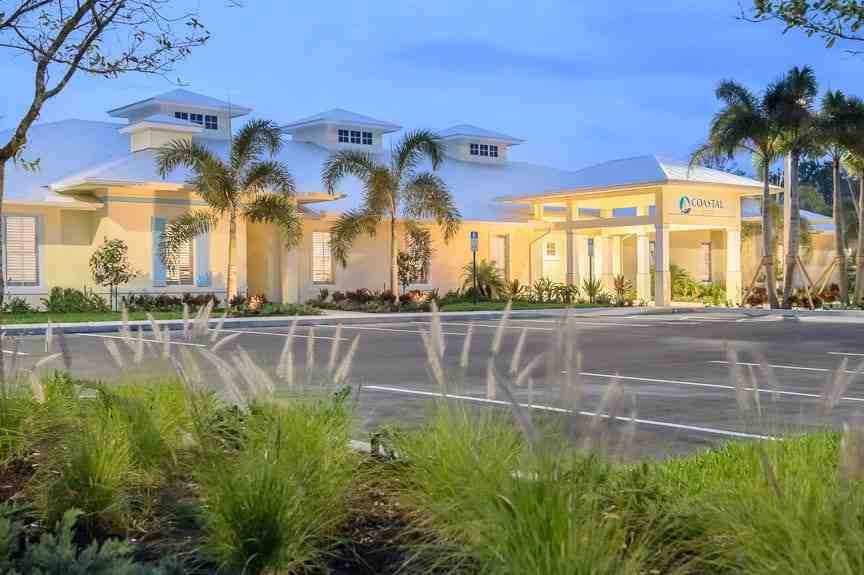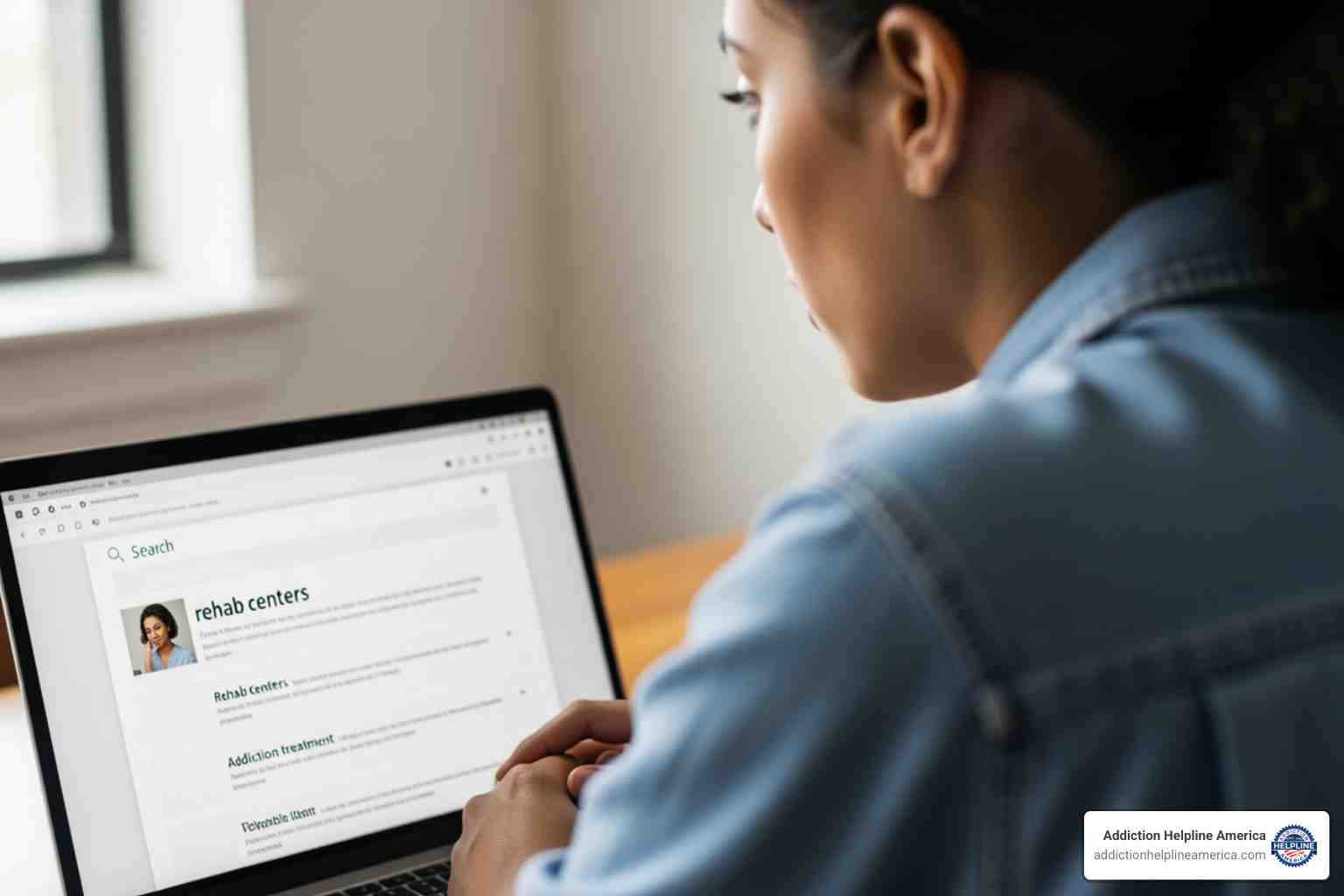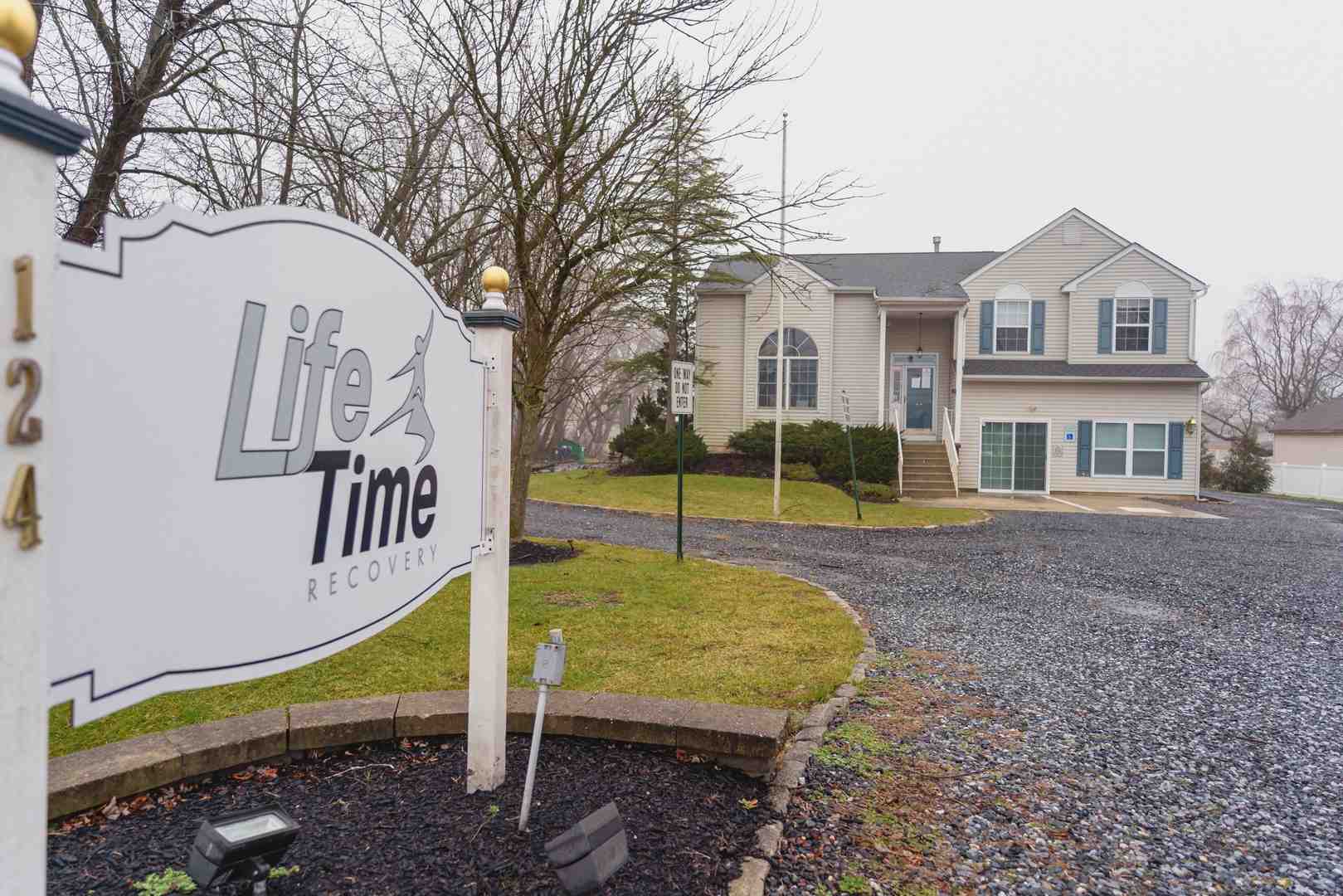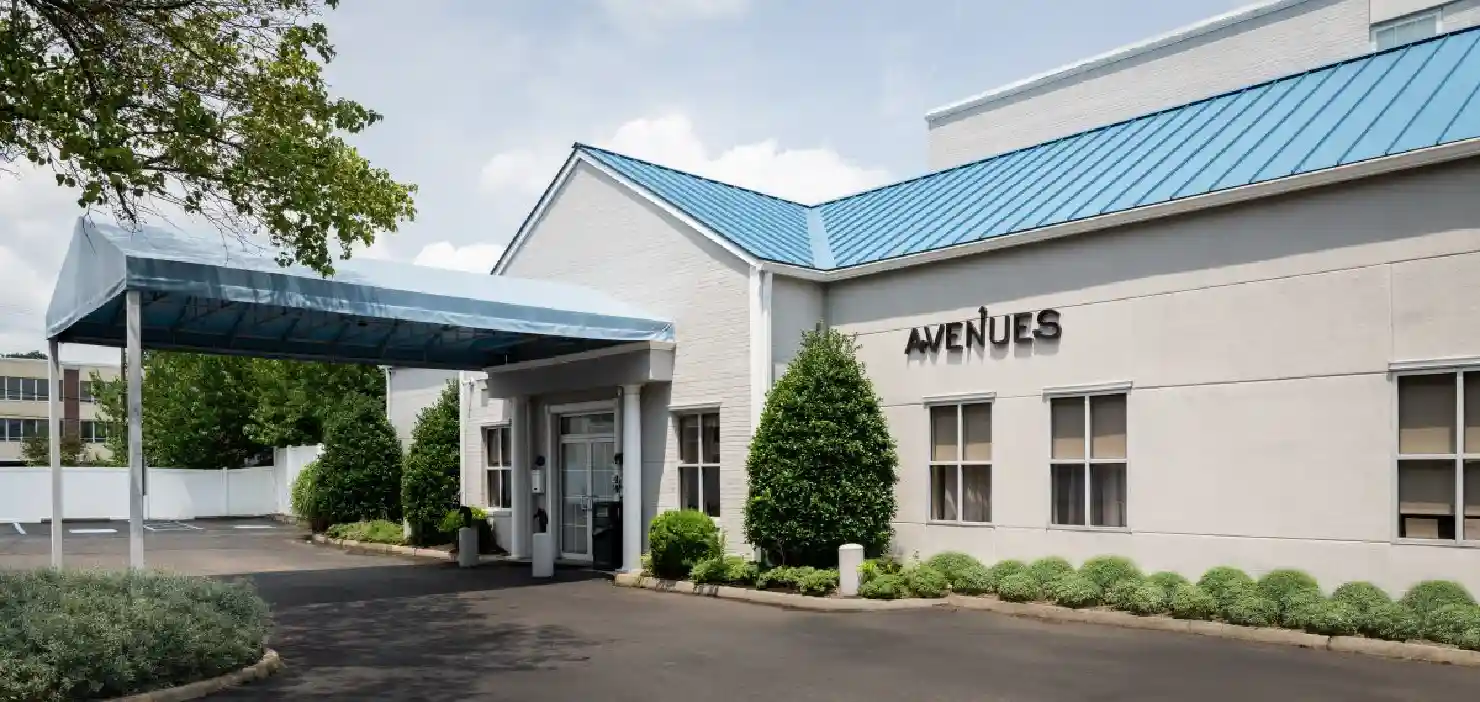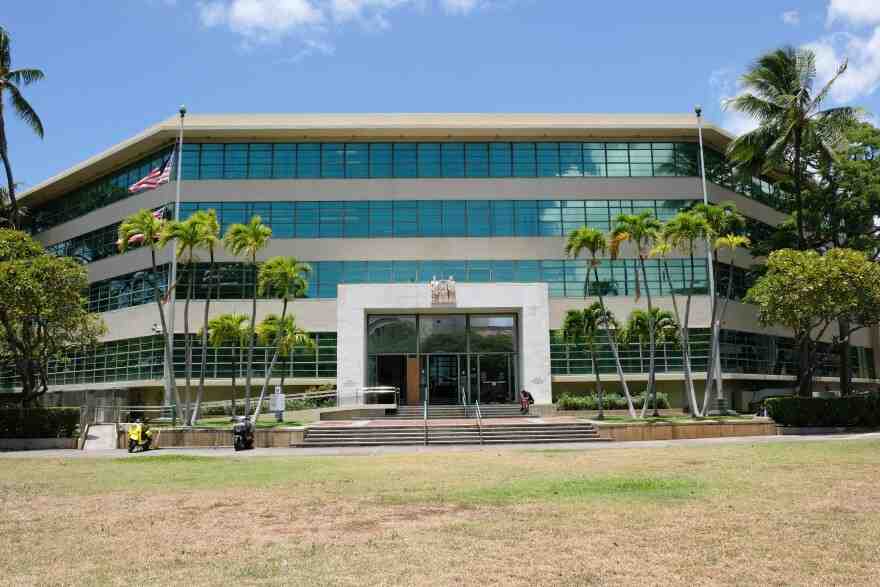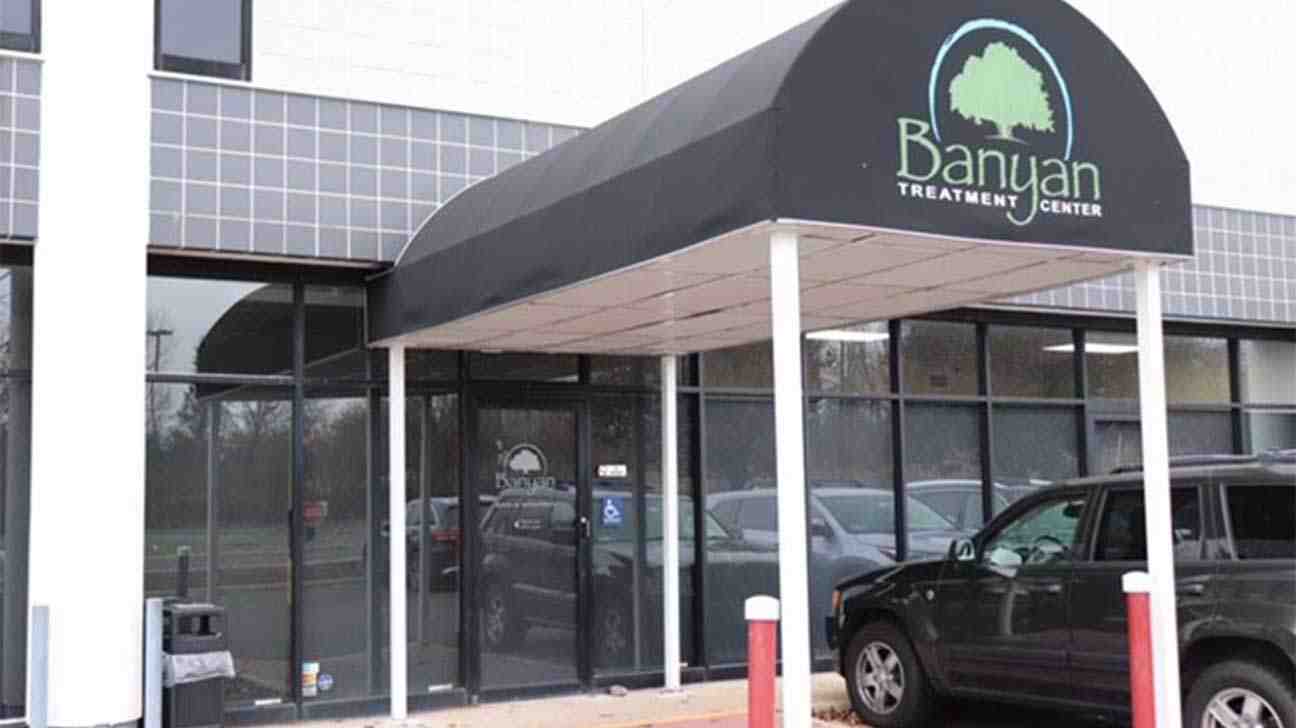
Overcoming Addiction: Finding Free Inpatient Drug Rehab Programs
Finding free inpatient drug rehab programs is possible, even if it feels overwhelming. Here’s how to begin your search:
- State-Funded Programs: Contact your state’s mental health or substance misuse services. These programs use government funding and often prioritize individuals with limited income, no insurance, or specific needs (like pregnant women or veterans).
- Faith-Based Organizations: Many religious groups offer free or low-cost inpatient rehab, often incorporating spiritual guidance into their programs.
- Non-Profit Organizations: Search for local non-profit rehab centers that receive donations or grants.
- Grants and Scholarships: Inquire directly with rehab centers about available grants or scholarships that can cover treatment costs.
- Government Resources: Use the SAMHSA (Substance Abuse and Mental Health Services Administration) treatment locator or contact your local Department of Health and Human Services (DHHS) for guidance and eligibility checks for programs like Medicaid.
The road to recovery can feel impossible when cost is a major worry. Addiction takes a heavy toll on individuals and families, but you are not alone. In 2022, 54.6 million people aged 12 or older needed substance use treatment, yet only 13.1 million received it, highlighting a significant gap in access to care.
But there is hope. Studies show 80% of people who recover from addiction achieve major life goals, proving a fulfilling life is possible. Inpatient treatment, which provides a safe, structured environment away from triggers, often has a higher success rate. While these programs can be costly, free options are available.
Here at Addiction Helpline America, we’re dedicated to guiding individuals and families through the complex landscape of addiction treatment, including helping you find free inpatient drug rehab programs. Our specialists have extensive experience connecting people to the right resources, ensuring financial barriers don’t stand in the way of recovery.
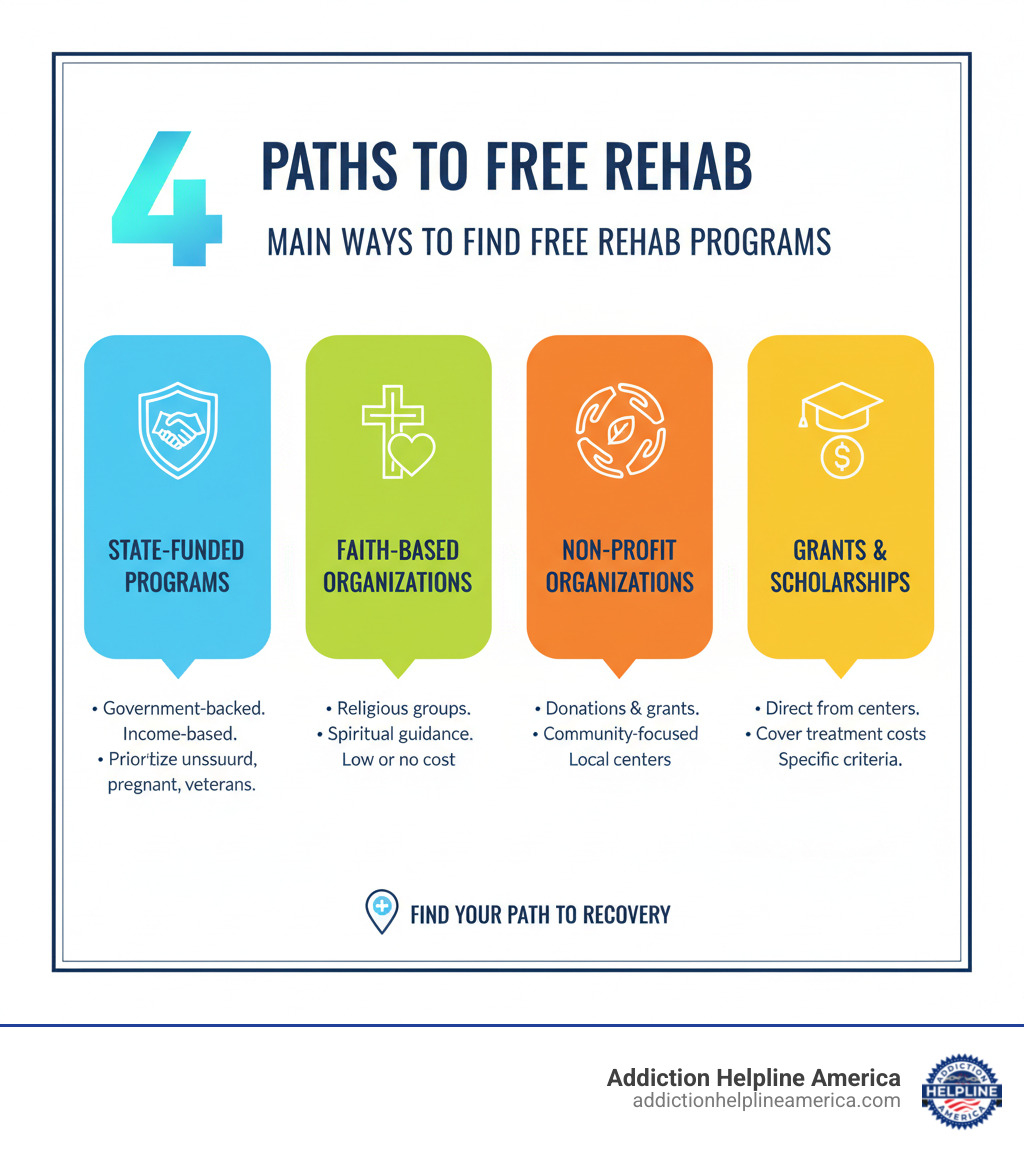
Understanding the Different Types of Free Rehab Programs
When we talk about free inpatient drug rehab programs, it’s important to know that “free” can mean different things. These programs are funded in various ways, all designed to help people who cannot afford the care they need.
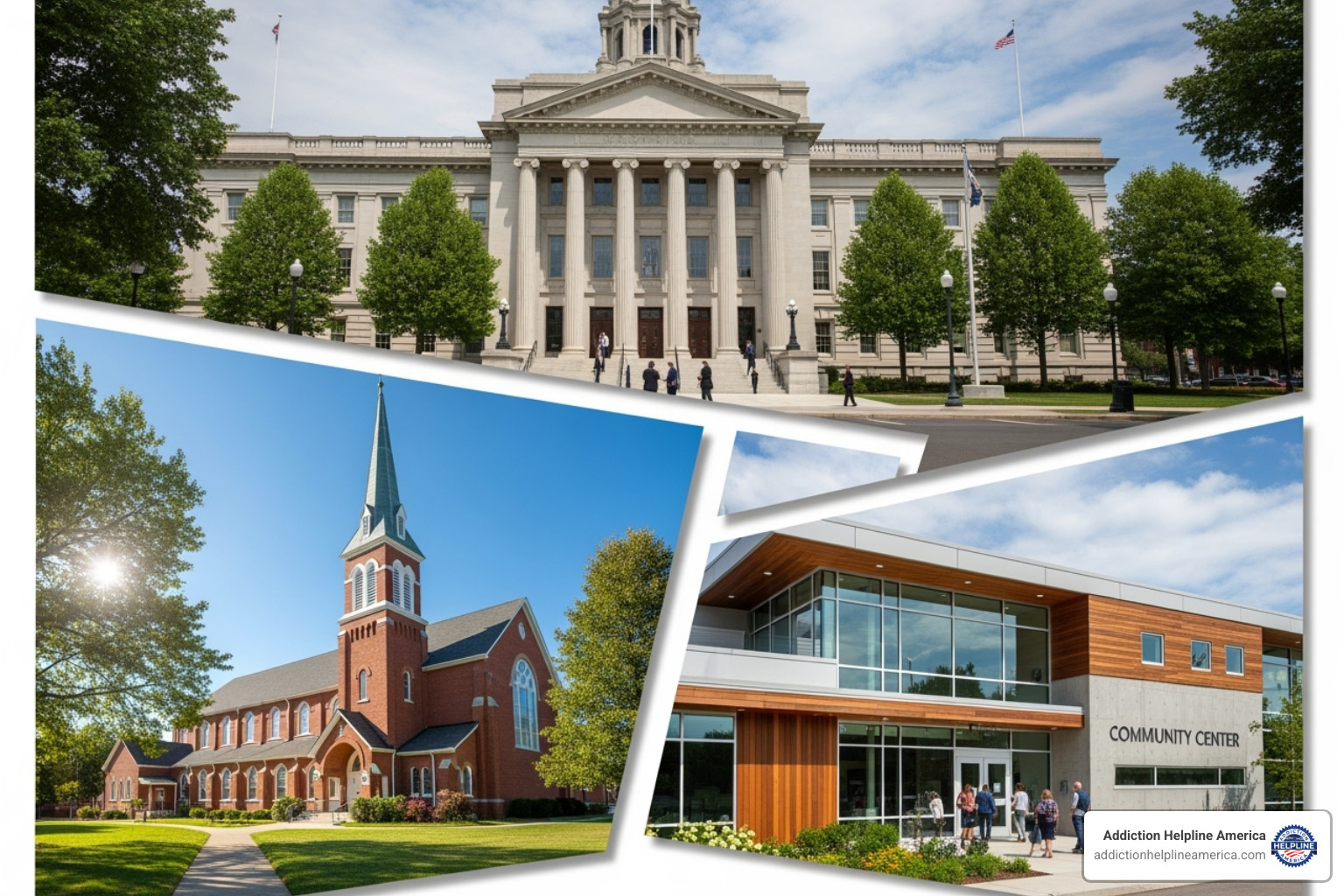
State-Funded Programs
State-funded programs receive money from federal grants, like SAMHSA’s Substance Abuse Prevention and Treatment Block Grant (SABG), and state budgets. Medicaid can also help cover costs. Supported by public funds, these programs are set up for people with low income, no health insurance, or who can’t afford private treatment. Eligibility often requires proof of residency, income, and need for treatment. Priority may be given to certain groups.
Faith-Based Organizations
Faith-based organizations, like The Salvation Army, offer recovery programs that often mix spiritual guidance with a strong sense of community. Many offer free or very low-cost options, but it’s wise to ask about details, as some may have a small fee or require “work therapy.” These programs can be a source of comfort for those who want to incorporate faith into their recovery.
Non-Profit Centers
Non-profit centers run rehab programs that are free or low-cost, funded by donations, grants, and community support. Their goal is to help underserved populations. Like state-funded options, eligibility usually depends on your financial situation and other specific criteria.
Scholarship and Grant-Based Programs
Some individual rehab centers, both non-profit and private, offer scholarships or grants. These financial awards cover treatment costs for those in need. The application process can be competitive, requiring proof of financial hardship and commitment to recovery. Always ask centers you’re interested in if they have financial aid available.
State-Funded vs. Faith-Based Programs
Knowing how state-funded and faith-based programs work can guide you to the best fit for your unique path to recovery.
| Criteria | State-Funded Programs | Faith-Based Programs |
|---|---|---|
| Funding Source | Federal grants (e.g., SAMHSA’s SABG), state budgets, Medicaid. | Donations, church funding, charity events, some may accept specific grants. |
| Treatment Model | Evidence-based clinical therapies (CBT, DBT), medical detox, group/individual counseling. | Often integrate spiritual principles, prayer, biblical study; may also use clinical methods. |
| Services Offered | Medical detox, residential treatment, outpatient, medication-assisted treatment (MAT), aftercare referrals. | Residential programs, counseling (often spiritually-focused), life skills, community service. |
| Eligibility | Income-based, lack of insurance, state residency, proof of addiction, priority populations. | Often open to all regardless of faith, but may require adherence to program’s spiritual tenets. |
| Medical Detox Availability | Often provide medical detox or refer to facilities that do. | Many do not provide medical detox; may require clients to complete detox beforehand. |
What to Look for in a Non-Profit Rehab Center
When looking for any free inpatient drug rehab programs, especially non-profits, it’s important to verify they offer quality care. Here’s what Addiction Helpline America recommends looking for:
- Accreditation: Check for approval from groups like The Joint Commission (JCAHO) or CARF (Commission on Accreditation of Rehabilitation Facilities). These act as quality stamps, showing the center meets high standards.
- Licensed Staff: Ensure the program has a team of licensed medical professionals, therapists, and counselors. Their expertise is key to effective treatment.
- Evidence-Based Therapies: Look for programs using proven therapies like Cognitive Behavioral Therapy (CBT) or Dialectical Behavior Therapy (DBT), which are backed by science.
- Positive Testimonials: Hearing from people who have been through the program can tell you a lot about the experience. For more detailed insights, explore our Treatment Center Reviews to see what others have said.
How to Find and Qualify for Free Inpatient Drug Rehab Programs
Finding the right free inpatient drug rehab programs can feel overwhelming, but with the right resources and a clear process, you can find quality treatment.

Using National and State Resources to Find a Program
Powerful tools exist to help you locate free inpatient drug rehab programs. The Substance Abuse and Mental Health Services Administration (SAMHSA) is your most comprehensive first resource. As a leading federal agency in public health, its website is a lifeline for many.
Start with SAMHSA’s treatment facility locator. This database lets you filter by location, treatment type, and payment options, including free or low-cost services. The tool is easy to use and provides detailed facility information.
Your state substance abuse agency is also a valuable resource. Each state agency maintains lists of state-funded programs, eligibility requirements, and local resources. Find them via your state’s government website or SAMHSA’s directory.
Don’t overlook local resources. Community mental health centers, local health departments, and non-profits often have insider knowledge about programs that might not appear in national databases. These local connections can sometimes fast-track access to care. National and local addiction hotlines also provide immediate guidance. For a comprehensive list of resources, check our Addiction and Rehab Hotlines. In an emergency requiring urgent medical support, call 911 immediately.
Eligibility requirements for free inpatient drug rehab programs
Understanding eligibility requirements helps you prepare documentation and can speed up admission. While requirements vary, some criteria are common across most free inpatient drug rehab programs.
- Proof of residency: Most state-funded programs require you to be a legal resident of that state, shown through a driver’s license, utility bill, or lease agreement.
- Income verification: You’ll need to provide documents like pay stubs or tax returns showing your income falls below a certain threshold or that you have no insurance.
- Lack of insurance: These programs exist for individuals who are uninsured or underinsured. If you have insurance, facilities will typically work with your coverage first.
- Proof of addiction: A medical assessment confirming a substance use disorder is needed to show that inpatient treatment is medically necessary. This is usually done during intake.
Certain priority populations often receive expedited admission. Many state-funded programs give preference to pregnant women, veterans, and individuals who use intravenous drugs due to heightened health risks. These priorities are often outlined in federal funding guidelines, like the Substance Abuse Prevention and Treatment Block Grant.
How to Verify a Program is Truly Free
It’s important to confirm a program is truly free. Some facilities advertise ‘free’ but mean ‘free for Medicaid recipients’ or offer a sliding scale. Here’s how to get clear answers:
- Ask about fees directly: When you contact a program, ask if there are any costs whatsoever, including application fees, program fees, or charges for specific services.
- Inquire about sliding fee scales: Some programs adjust costs based on your income. This can make treatment highly affordable or even free if you have no income.
- Check for government funding: Ask if the program receives state or federal funding, as these are more likely to offer free services to eligible individuals.
- Understand insurance coverage: Clarify what “free” means. Some programs are “free” because they accept Medicaid, which covers the full cost. This is different from programs that require no insurance at all. For a broader understanding of your options, explore our comprehensive guide on Free Rehab Centers.
What to Expect: Services and Length of Stay in Free Rehab
Entering a free inpatient rehab program is a brave new chapter. While amenities may be simpler than in luxury facilities, the focus on recovery is just as strong. You’ll find a structured environment with crucial peer support.

What services are included in free inpatient drug rehab programs?
Free inpatient drug rehab programs are designed to address the physical, mental, and social aspects of addiction, offering comprehensive core treatment components.
- Medical Detox: The first step is often a medically supervised process to safely manage withdrawal symptoms. Detoxing alone can be dangerous, especially with alcohol, opioids, or benzodiazepines. Medical detox ensures your safety. Learn more about the Stages of Detox.
- Therapy (Individual, Group, and Family): You’ll engage in one-on-one individual counseling to explore the root causes of addiction, group therapy to build community and mutual support, and often family therapy to heal relationships.
- Dual Diagnosis Treatment: Many people struggle with co-occurring mental health challenges like anxiety or depression. Effective programs address both addiction and mental health simultaneously. You can Find rehab centers for co-occurring disorders with our help.
- Relapse Prevention and Life Skills: You’ll create a personalized Relapse Prevention Plan to identify triggers and build coping strategies. Many programs also offer Life Skills Training in areas like stress management and financial literacy to prepare you for daily life.
Typical Program Durations and Aftercare Support
Program length in free inpatient drug rehab programs varies, but longer stays often have higher success rates. 30-day programs offer a solid start, while 60-90 day programs allow more time for therapy and skill-building. Long-term options beyond 90 days are also available.
Recovery is a long-term journey, making aftercare planning vital. Common aftercare options include:
- Sober Living Homes: These residences provide a safe, drug-free environment with peer support, bridging the gap between inpatient care and independence.
- Support Groups: Participation in groups like Alcoholics Anonymous (AA), Narcotics Anonymous (NA), or SMART Recovery offers ongoing peer support and a framework for sobriety.
- Alumni Programs: Many centers foster alumni networks for ongoing community, events, and mentorship.
For some, the first step may be connecting with Harm Reduction Services. These services, like supervised consumption and overdose prevention, are crucial for safety and can be a gentle entry into the recovery process. Understanding these initial steps can make a big difference, and you can find more information on the First Steps to Recovery.
Frequently Asked Questions about Free Rehab
When considering free inpatient drug rehab programs, it’s natural to have questions. Here are honest answers to common concerns.
Will I be on a waiting list for a free rehab program?
Yes, it’s possible you’ll face a waiting list. Demand for free inpatient drug rehab programs often exceeds the available beds and funding. Wait times vary from days to months depending on your location and the program. Certain groups are often prioritized, including pregnant women, veterans, and individuals with severe medical complications from substance use.
While waiting, many programs connect you with outpatient services or medical maintenance programs. For instance, someone with an opioid addiction might be offered opioid agonist treatment for stability. This bridge support can be lifesaving. The wait can be difficult, but don’t let it discourage you. Staying connected to help brings you one day closer to treatment.
What are the drawbacks of a free rehab program?
It’s important to be honest about what to expect. While these programs provide essential, life-changing care, they differ from luxury drug rehab facilities.
- Basic Amenities: Facilities are clean, safe, and functional, with a focus on recovery, not luxury comforts.
- Standardized Plans: Due to limited resources, treatment plans are often structured to serve more people efficiently rather than being highly customized.
- Fewer Specialized Therapies: You’ll receive core evidence-based therapies, but options like equine or art therapy may not be available.
- Higher Patient-to-Counselor Ratios: You may receive slightly less individual attention than in a private facility.
What matters most is that these programs work and save lives. The clinical care—detox, therapy, and support—is as effective as in expensive facilities. Recovery requires commitment, support, and evidence-based treatment, all of which free inpatient drug rehab programs provide.
Can veterans get free inpatient rehab?
Yes. As a veteran, you have earned access to comprehensive addiction treatment. The U.S. Department of Veterans Affairs (VA) offers healthcare programs that include full coverage for substance use disorder treatment, including free inpatient rehab.
VA facilities provide specialized programs for veterans, often addressing PTSD and other service-related challenges. If a VA facility isn’t available, the VA community care program can authorize treatment at a non-VA facility. Many state-funded and non-profit programs also give veterans priority admission. You can learn more about federal funding through SAMHSA’s block grants information. We encourage you to contact a VA liaison or veteran support organization to steer these options. You’ve earned this support, and recovery is within reach.
Conclusion
Searching for free inpatient drug rehab programs can be overwhelming, but there are tangible pathways to get the help you need, regardless of your financial situation. This guide has shown you how to find state-funded, faith-based, and non-profit programs using tools like SAMHSA’s treatment facility locator, and how to understand eligibility and verify that a program is truly free.
We’ve also been honest about what to expect: the core services you’ll receive and the potential challenges like waiting lists. What matters most is that recovery is achievable regardless of your financial status. Research shows 80% of people who recover achieve major life goals. That can be you.
The treatment gap is wide, but you don’t have to be a statistic. Healing starts with the brave decision to ask for help and take the first step.
At Addiction Helpline America, we understand this process is confusing. Our team offers free, confidential, personalized guidance to connect you with the right program from our network. We’ve helped countless people find recovery and are ready to help you.
You deserve healing, support, and the life you want. Financial barriers shouldn’t prevent recovery, and with these resources, they don’t have to.
Ready to explore your options further? Take a moment to learn about the different types of treatment programs available, or reach out to us directly. Your future self will thank you for the courage you show today.
Our helpline is 100%
free & confidential
If you or someone you care about is struggling with drug or alcohol addiction, we can help you explore your recovery options. Don’t face this challenge alone—seek support from us.
Programs
Resources
Will my insurance
cover addiction
treatment?
We're ready to help
Find the best
drug or alcohol treatment
center
Are you or a loved one struggling with addiction? Call today to speak to a treatment expert.


